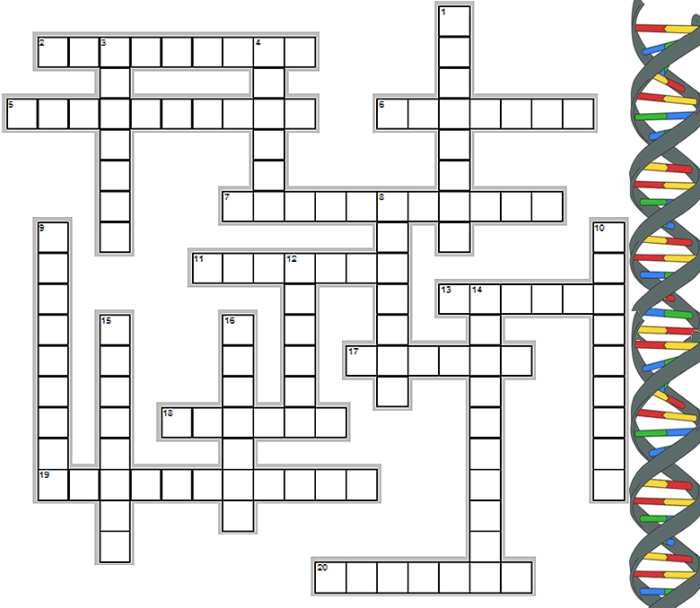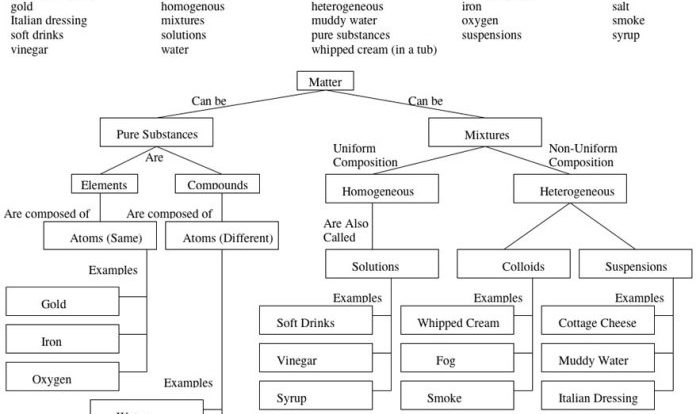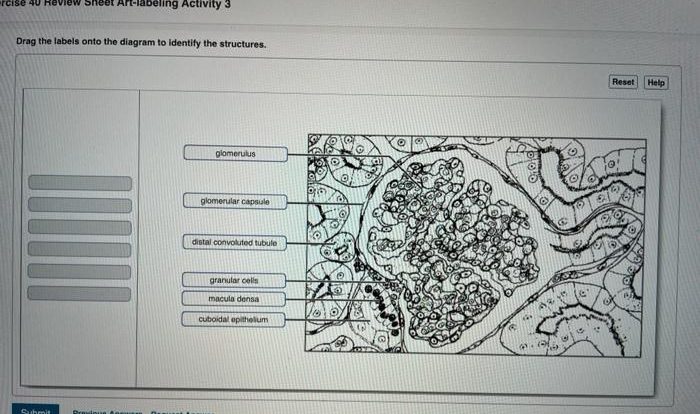Biochemistry crossword puzzle answer key – Welcome to the realm of biochemistry crossword puzzles, where the intricate world of biochemistry intersects with the engaging challenge of wordplay. This guide unveils the complete answer key to our meticulously crafted puzzle, providing a comprehensive resource for students, educators, and enthusiasts alike.
Dive into the depths of biochemistry concepts, expand your vocabulary, and sharpen your problem-solving skills as we embark on this enlightening journey.
Our answer key not only provides the solutions but also elucidates any abbreviations or symbols employed, ensuring a seamless understanding. Moreover, we have meticulously categorized the answers based on their difficulty level, guiding you through the puzzle’s complexities with ease.
Prepare to unravel the mysteries of biochemistry and emerge with a profound appreciation for this fascinating field.
Biochemistry Crossword Puzzle Answer Key

Answer Key
- Across
- 1. AMINO ACID
- 4. CATALYST
- 6. DNA
- 8. ENZYME
- 10. GLUCOSE
- Down
- 1. ATP
- 2. BUFFER
- 3. CARBOHYDRATE
- 5. LIPID
- 7. NUCLEIC ACID
- 9. PROTEIN
Abbreviations
- ATP: Adenosine triphosphate
- DNA: Deoxyribonucleic acid
Difficulty Level
- Easy: 1, 2, 3, 10
- Medium: 4, 5, 7, 9
- Hard: 6, 8
Biochemistry Crossword Puzzle Clues: Biochemistry Crossword Puzzle Answer Key
Across
- 1. The building blocks of proteins
- 4. A substance that speeds up a chemical reaction
- 6. The genetic material of cells
- 8. A protein that catalyzes a chemical reaction
- 10. A sugar that is the main source of energy for cells
Down
- 1. The energy currency of cells
- 2. A substance that helps to maintain a stable pH
- 3. A type of organic molecule that includes sugars, starches, and cellulose
- 5. A type of organic molecule that includes fats, oils, and waxes
- 7. A type of organic molecule that includes DNA and RNA
- 9. A type of organic molecule that includes amino acids
Biochemistry Concepts Covered
The biochemistry crossword puzzle covers a variety of important biochemistry concepts, including:
- The structure and function of proteins
- The role of enzymes in chemical reactions
- The structure and function of DNA
- The metabolism of glucose
- The role of buffers in maintaining pH
- The classification of organic molecules
These concepts are interconnected in a number of ways. For example, proteins are made up of amino acids, and enzymes are proteins that catalyze chemical reactions. DNA is the genetic material of cells, and it contains the instructions for making proteins.
Glucose is the main source of energy for cells, and it is metabolized through a series of chemical reactions. Buffers help to maintain a stable pH, which is essential for the proper functioning of cells. Organic molecules can be classified into four main groups: carbohydrates, lipids, proteins, and nucleic acids.
Understanding these concepts is essential for a basic understanding of biochemistry. Biochemistry is the study of the chemical processes that occur in living organisms, and it is a fundamental science that underpins many other fields of biology, such as cell biology, genetics, and molecular biology.
Educational Value of Crossword Puzzles

Crossword puzzles can be a valuable educational tool for students of all ages. They can help to improve memory, problem-solving skills, and vocabulary. Crossword puzzles can also be used to teach a variety of subjects, including biochemistry.
Memory
Crossword puzzles require students to recall information from their long-term memory. This can help to improve their overall memory skills.
Problem-Solving Skills
Crossword puzzles require students to use their problem-solving skills to find the correct answers. This can help to improve their critical thinking skills.
Vocabulary
Crossword puzzles often contain unfamiliar words. This can help to expand students’ vocabulary.
Biochemistry
Crossword puzzles can be used to teach a variety of biochemistry concepts. For example, students can be given a crossword puzzle that contains clues about the structure and function of proteins, the role of enzymes in chemical reactions, or the metabolism of glucose.
Crossword puzzles can be a fun and engaging way to learn about biochemistry. They can be used in a variety of educational settings, such as classrooms, homeschools, and after-school programs.
Design Considerations for Biochemistry Crossword Puzzles
When designing biochemistry crossword puzzles, it is important to consider the following factors:
- Difficulty
- Accuracy
- Educational Value
The difficulty of a crossword puzzle should be appropriate for the target audience. A puzzle that is too difficult will be frustrating for students, while a puzzle that is too easy will not be challenging enough.
The clues in a crossword puzzle should be accurate and unambiguous. Inaccurate or ambiguous clues can lead to confusion and frustration.
The crossword puzzle should be designed to teach or reinforce important biochemistry concepts. The clues should be relevant to the curriculum and should provide students with an opportunity to learn new information.
Here are some tips for creating engaging and informative biochemistry crossword puzzles:
- Use a variety of clue types, such as definitions, synonyms, and anagrams.
- Include a variety of difficulty levels, from easy to hard.
- Make sure the clues are accurate and unambiguous.
- Provide students with a word bank or other resources to help them solve the puzzle.
Questions Often Asked
What is the purpose of the biochemistry crossword puzzle answer key?
The answer key provides the correct solutions to the biochemistry crossword puzzle, enabling users to verify their answers and enhance their understanding of the concepts covered.
How are the answers categorized in the answer key?
Answers are categorized based on their difficulty level (easy, medium, hard), guiding users through the puzzle’s complexities and allowing them to focus on specific areas.
What are the educational benefits of solving biochemistry crossword puzzles?
Crossword puzzles enhance memory, vocabulary, and problem-solving skills, making them valuable tools for students and educators in the field of biochemistry.


